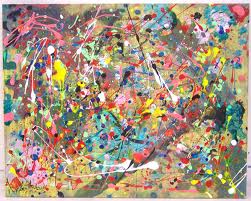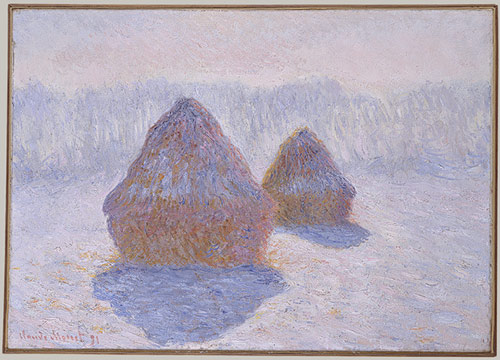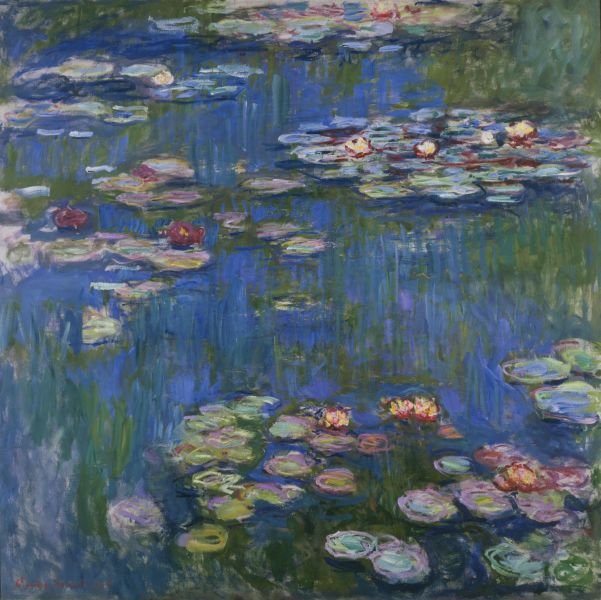|
|
Images for Craig White's Literature Courses |
|
Impressionism
compare-contrast Expressionism
Impressionism is an international art movement originating in Paris in the 19th century that has since permeated popular culture.
Impressionism evokes nostalgic or sentimental emotions toward nature, childhood, leisure, and the past that are familiar since Romanticism, but, along with Expressionism, Impressionism may also make a formal and historical bridge from Realism to Modernism.
If Expressionism focuses, distorts, or extends emotion, Impressionism suffuses it. Expressionism is more violently or painfully emotive, while Impressionism washes emotion in a wave or blur of indeterminate but vaguely pleasant feelings.
Impressionism, for all its appeal, may be an art of superficial effects. Washes of color without strong defining lines offer a pleasant or gratifying sensory experience at the sacrifice of perspectival depth. These qualities help explain the movement's appeal to postmodern culture: the two-dimensional surface of Impressionism translates easily to TV or computer screens or even to Kleenex boxes and doctors' offices.
|
|
|
|
Claude Monet, Haystacks 1891 |
|
|
|
|
|
|
|
Impressionism (late 19c) to Modernism (1st half 20c)
(Late Impressionism is almost non-representational,
abstract, or purely formal;
Modernism may be completely non-representational or abstract)

Mondrian

Jackson Pollock
—
[ ]









